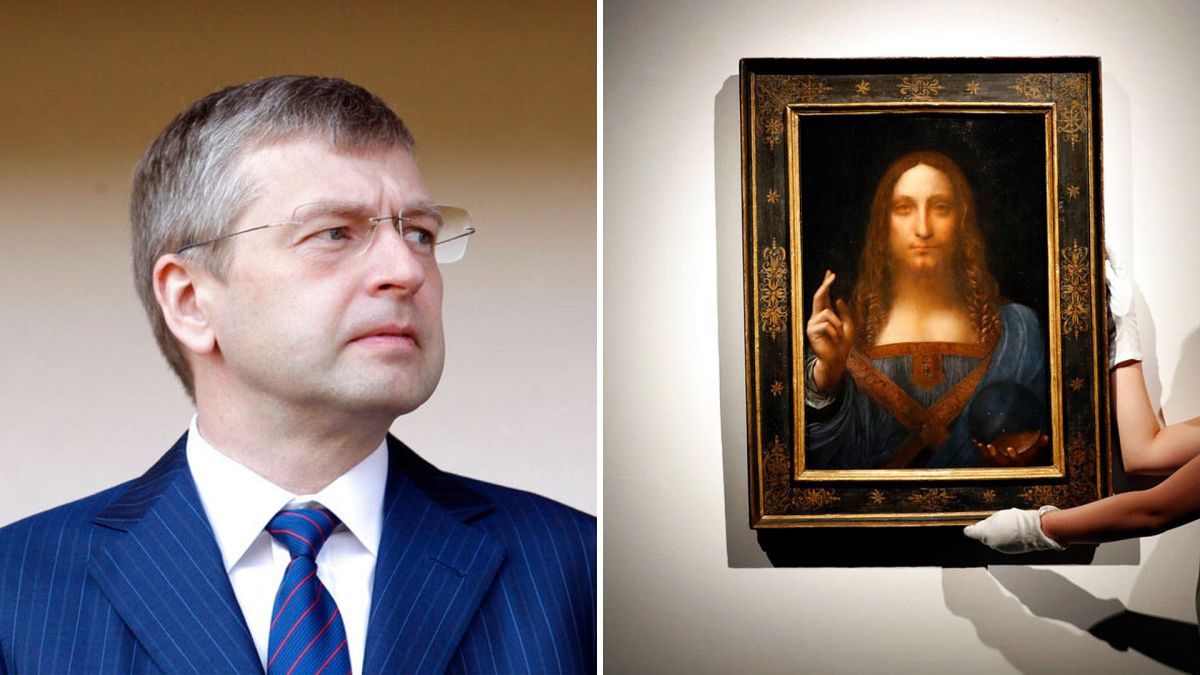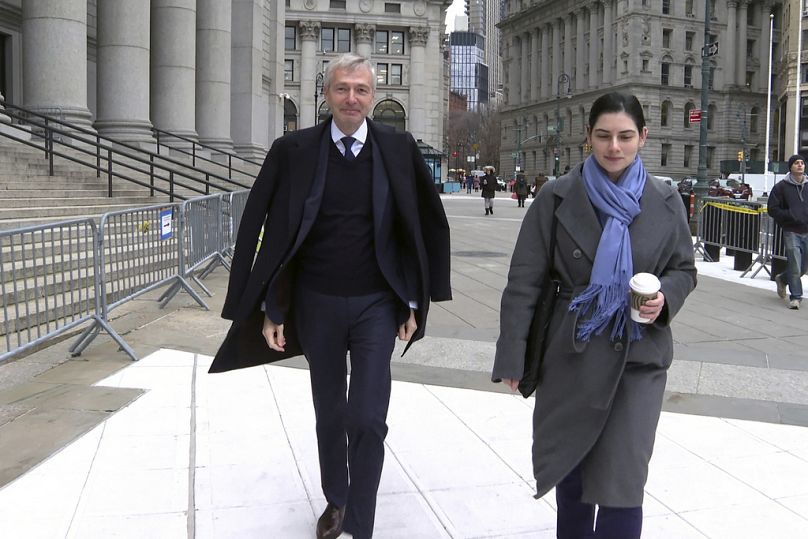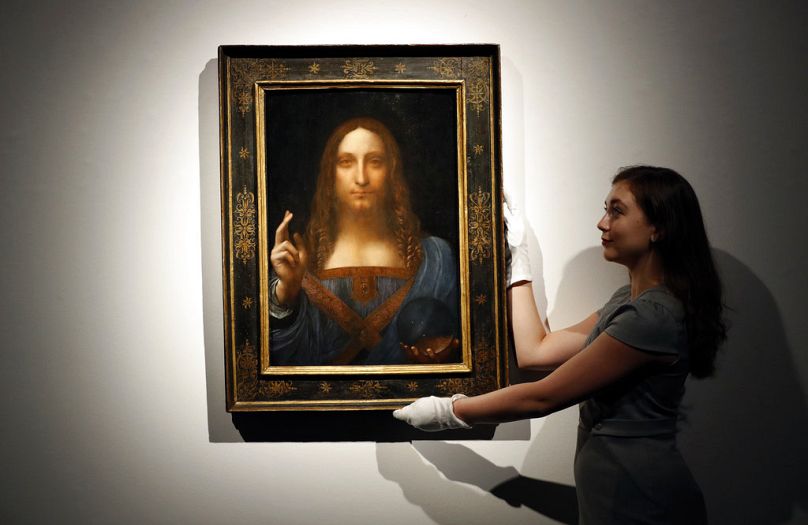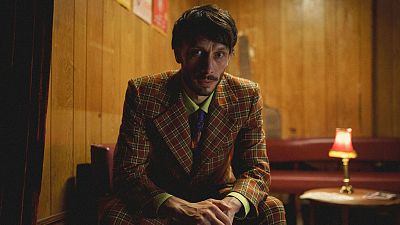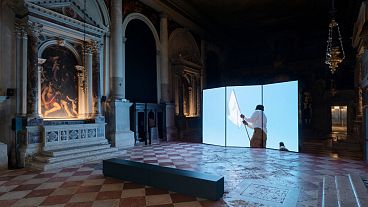The Russian oligarch alleged that Sotheby's conspired with an art dealer in a scheme involving high-profile artworks, including Leonardo da Vinci's "Salvator Mundi", which later became the most expensive painting ever sold.
Russian billionaire art collector, Dmitry Rybolovlev, has lost his legal fight with Sotheby’s, after the US jury sided with the auction house in a lawsuit over claims that the businessman was ripped off while assembling a trove of works that included "Salvator Mundi", a famous painting known as “the lost Leonardo.”
Rybolovlev, who, according to Forbes, has a net worth of $6.4 billion (€5.8 billion), alleged that Sotheby's allowed a Swiss art dealer to overcharge him by imposing significant markups on acquired works, resulting in a loss of over $160 million (€148 million) and a breach of trust.
Sotheby's maintained it knew nothing of any misconduct and said it had followed all legal, financial and industry standards.
“Today’s ruling reaffirms Sotheby’s long-standing commitment to upholding the highest standards of integrity, ethics and professionalism in all aspects of the art market," the auction house said in a statement after the verdict.
What allegations did Rybolovlev make against Sotheby's?
According to court documents, Rybolovlev spent approximately $2 billion (€1.8 billion) over 12 years to acquire a world-class art collection, which included masterpieces by Leonardo da Vinci, Gustave Klimt, Auguste Rodin and Amedeo Modigliani.
The lawsuit stated that Rybolovlev’s team later discovered the Swiss art dealer who advised him in purchasing the works, Yves Bouvier, had “cheated them by buying the works himself for one price and charging them another price - millions or tens of millions of dollars higher.”
Rybolovlev testified that he trusted Bouvier “like family,” even inviting him to small birthday parties - before coming to believe that the art dealer was cheating him.
He alleged that Bouvier hugely padded the prices that Rybolovlev was paying and pocketing the difference, along with his agreed-upon 2% commission.
Rybolovlev has already sued Bouvier himself over the matter in Hong Kong, New York, Singapore and Switzerland, claiming he overpaid upwards of $1 billion (€913 million) on 38 pieces because of the scheme. The art dealer denied the accusations, and the pair quietly settled their dispute out of court late last year.
The Russian oligarch accused Bouvier of fraud involving 38 artworks. Only four were at issue in the trial, including da Vinci’s “Salvator Mundi, ” a portrait of Jesus Christ which went on to become the most expensive artwork ever sold.
Purchased by Mohammed bin Salman, the Crown Prince of Saudi Arabia, the artwork was initially intended to take centre stage in a new Louvre gallery in Abu Dhabi, however concerns about its authenticity were raised by experts.
Regarding the result of the case, Rybolovlev's lawyer Daniel Kornstein said that “secrecy made it difficult to prove a complex aiding and abetting fraud case.”
“This case achieved our goal of shining a light on the lack of transparency that plagues the art market,” the attorney said, calling for reforms that “must be made outside the courtroom.”
